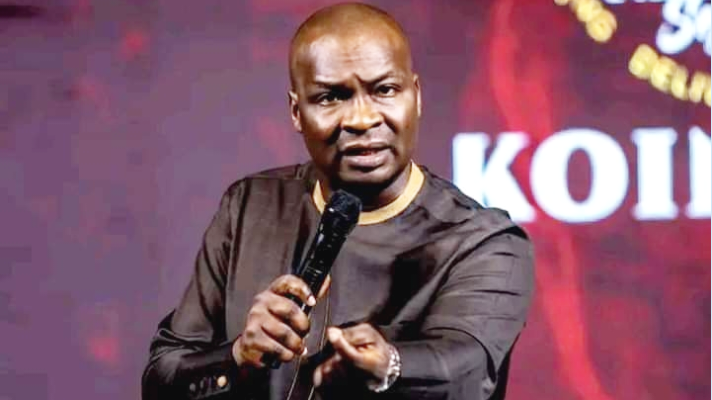On June 25, 1980, Joshua Selman Nimmak was born in Zaria, Kaduna State, Nigeria. He is a Nigerian novelist, televangelist, and gospel preacher from Plateau State.
Early Life
Being raised in a pious Christian household, Selman had a strong interest in spiritual issues from a young age. His future ministry was made possible by his exposure to Christian doctrine and practices.
Selman studied chemical engineering for his bachelor’s degree at Ahmadu Bello University (ABU) in Zaria. He started to actively participate in spiritual activities throughout his time in college, taking part in campus evangelism and student fellowships. His desire to serve God and help others was strengthened by these encounters.
Ministry
During his time in college, Selman began preaching to student congregations at various events with friends, marking the beginning of his full-time ministry. His audience responded favorably to his ability to engage young people and convey strong messages. Selman felt driven to continue his ministry after graduating from college, after realizing his special gift.
Selman established the Christian ministry Eternity Network International (ENI), with its headquarters in Zaria, Kaduna State, in March 2011. ENI, also known as Koinonia, is committed to changing lives by prayer, worship, and Bible study. Koinonia has expanded into a major spiritual movement under Selman’s direction, drawing thousands of adherents both domestically and abroad.
The global ministry Eternity Network International, commonly referred to as Koinonia Global, has a local branch called Koinonia Abuja. On Sunday, February 28, 2021, the ministry was established in Abuja, Nigeria, and its first sermon was given by the well-known Apostle Joshua Selman Nimmak.
Selman’s ability to convey deep spiritual ideas in an approachable and captivating way is what defines his preaching style. His teachings frequently center on the value of spiritual closeness, the strength of God’s Word, and the quest for a closer relationship with Christ. Numerous people have been motivated to embrace their faith and undergo life transformation by Selman’s teachings.
Recognition
He has had a significant influence on the Christian community. His spiritual leadership and teachings have earned him tremendous respect and admiration, making him one of Nigeria’s most influential Christian ministers. His teachings and lectures are extensively disseminated online, encouraging people from all walks of life and reaching a worldwide audience.
Selman’s many accolades and distinctions demonstrate his widespread public recognition. Numerous organizations and individuals have recognized his contributions to the Christian community’s spiritual development. Furthermore, his status as a well-known figure in the Christian community has been further cemented by his media presence, which includes social media, online platforms, and television shows.
Marital Status
Selman has remained single in spite of his increasing prominence and rigorous ministry schedule. He has made his desire to serve God and concentrate on his ministry free from the interruptions of family life known in public. His decision to stay unmarried has been motivated by his dedication to his vocation and his wish to have a big influence on the world.
Although some might disagree with his choice, Selman has gained the respect and admiration of many due to his unwavering commitment to his ministry. His experience serves as a reminder that there are many different ways that God can call people and that reaching one’s mission may require making personal sacrifices.





